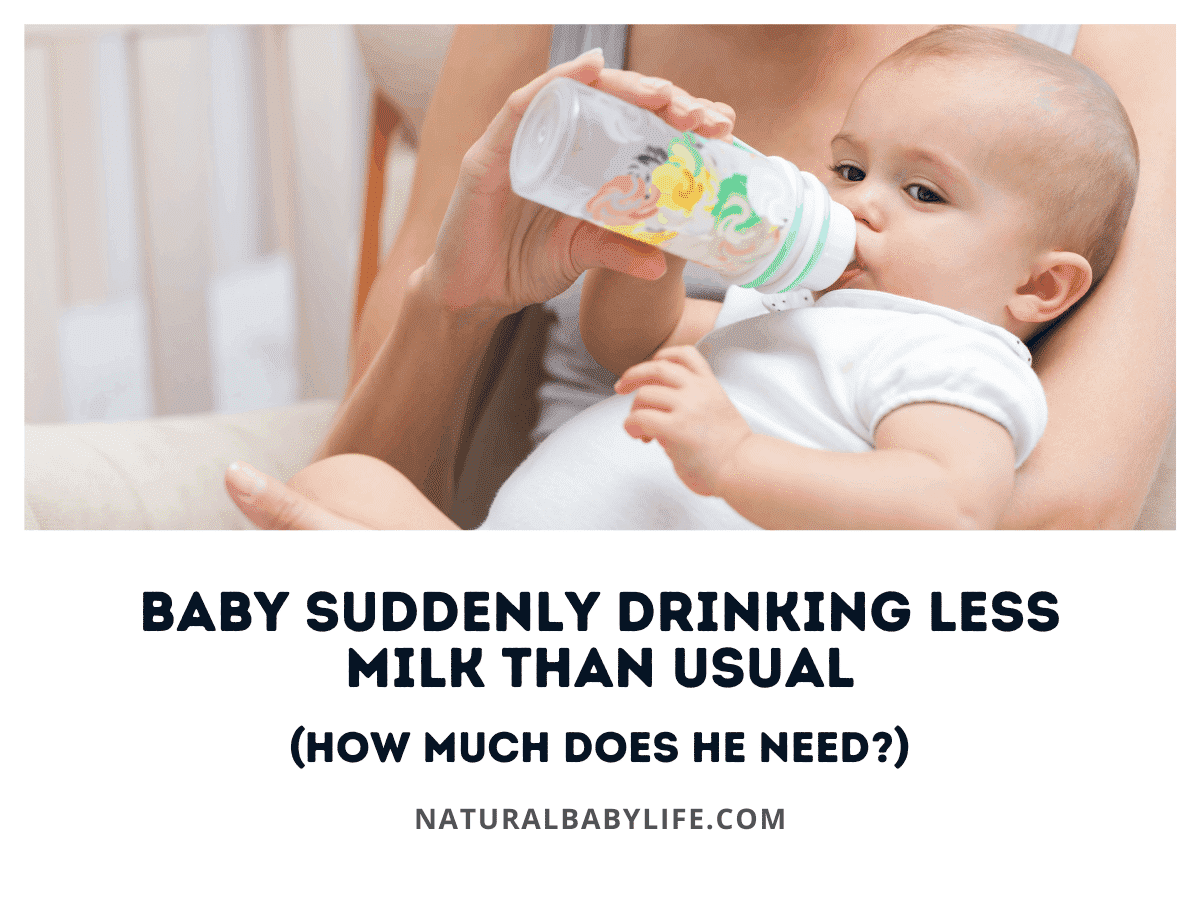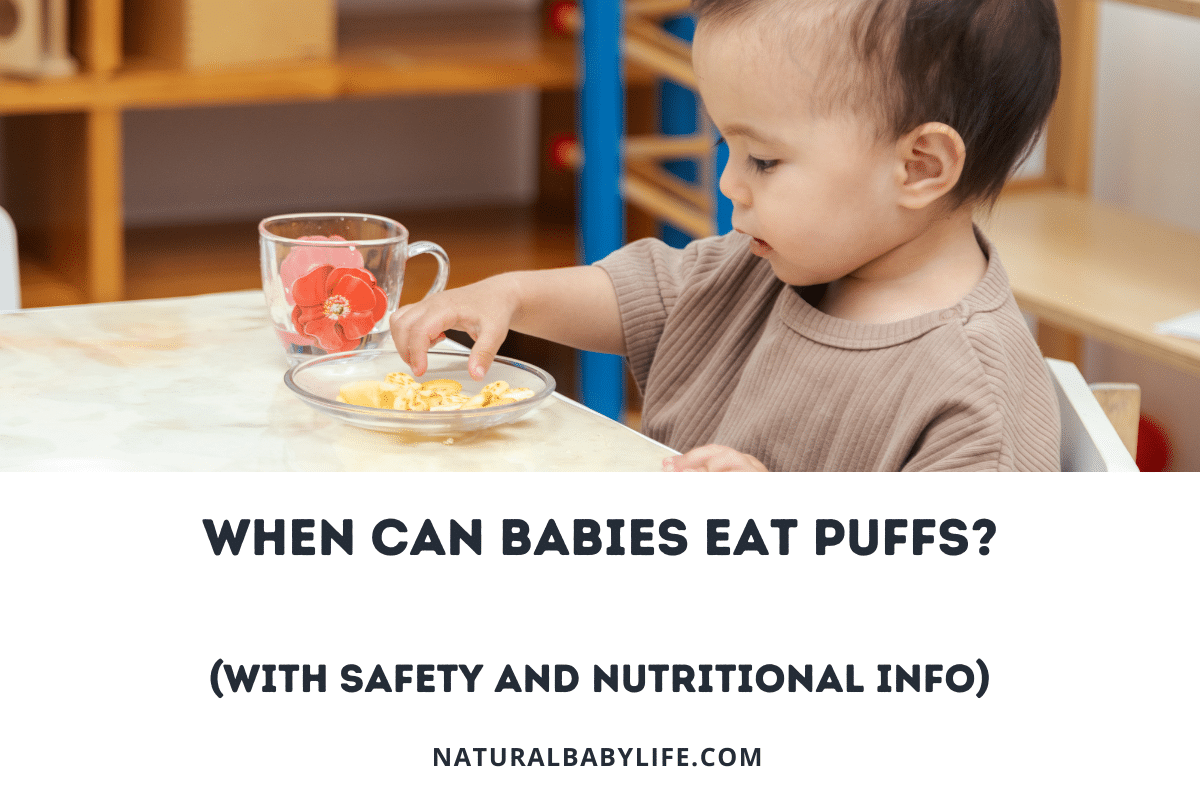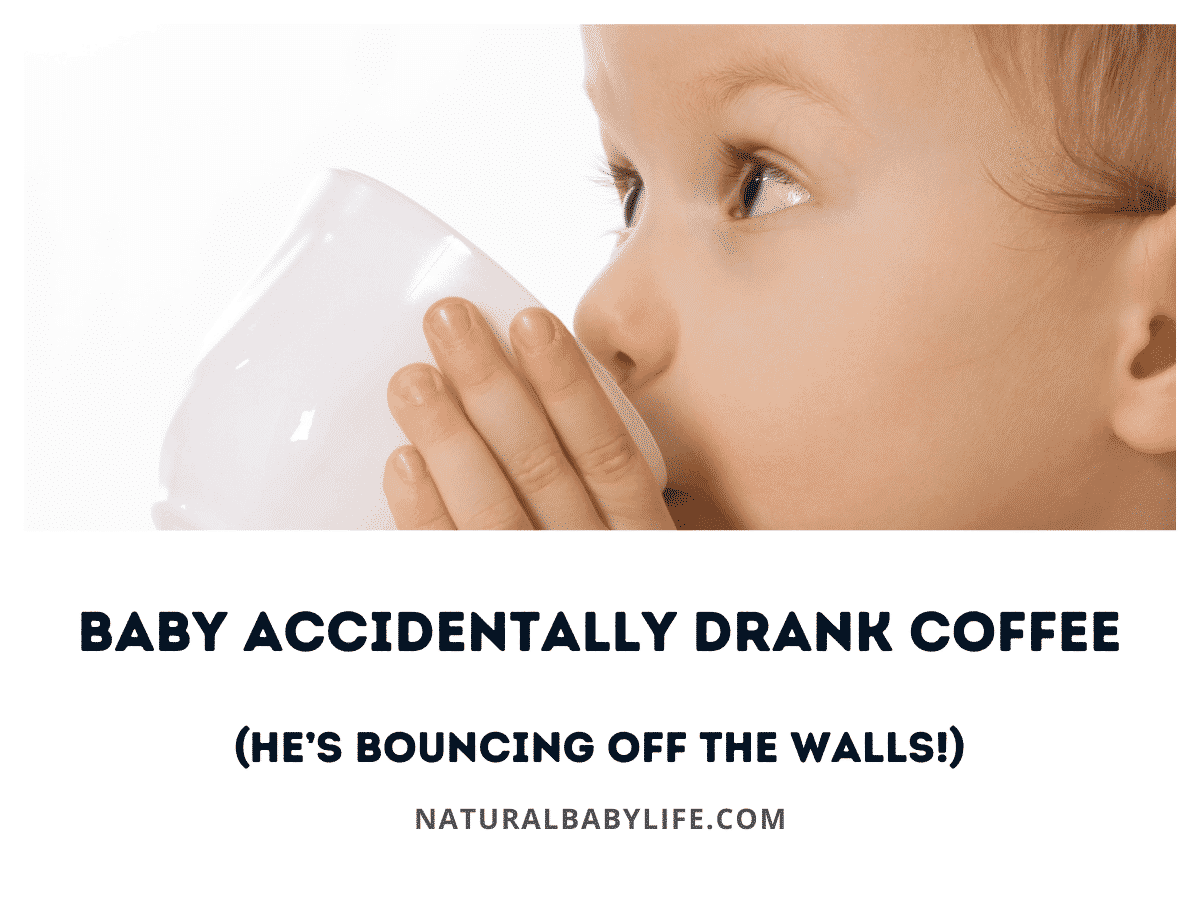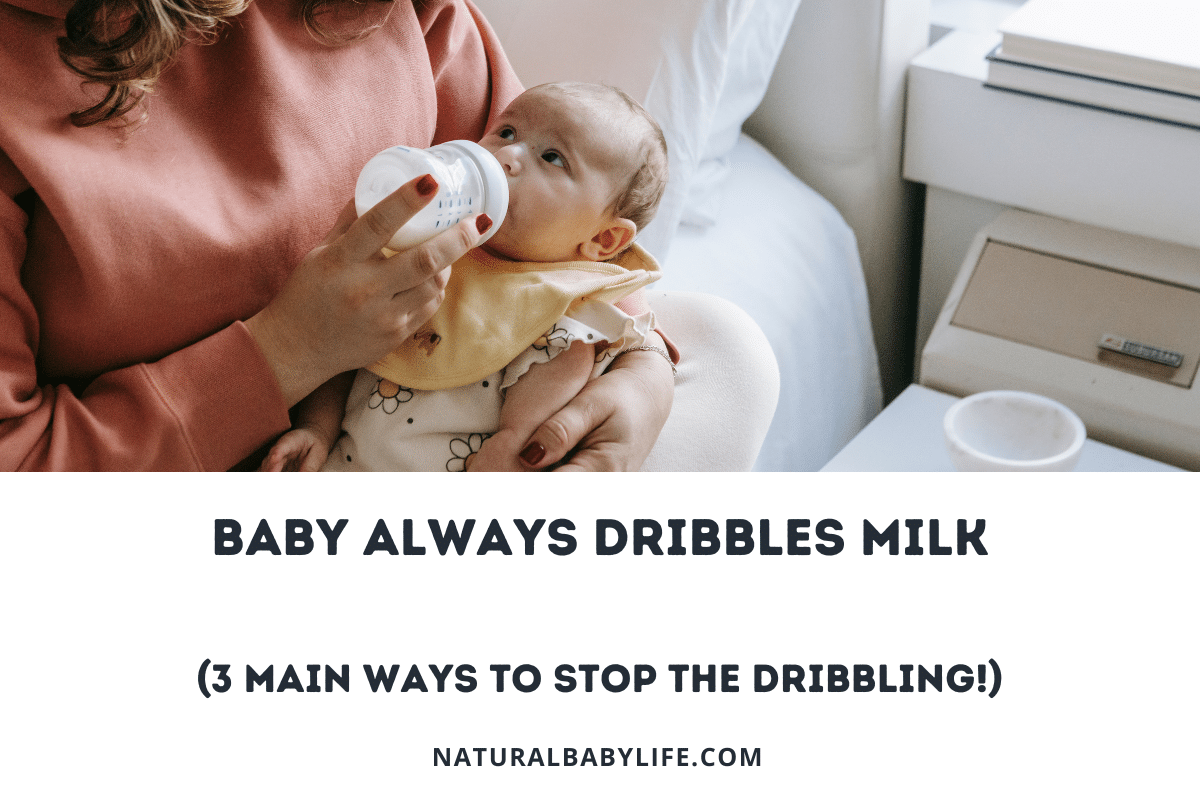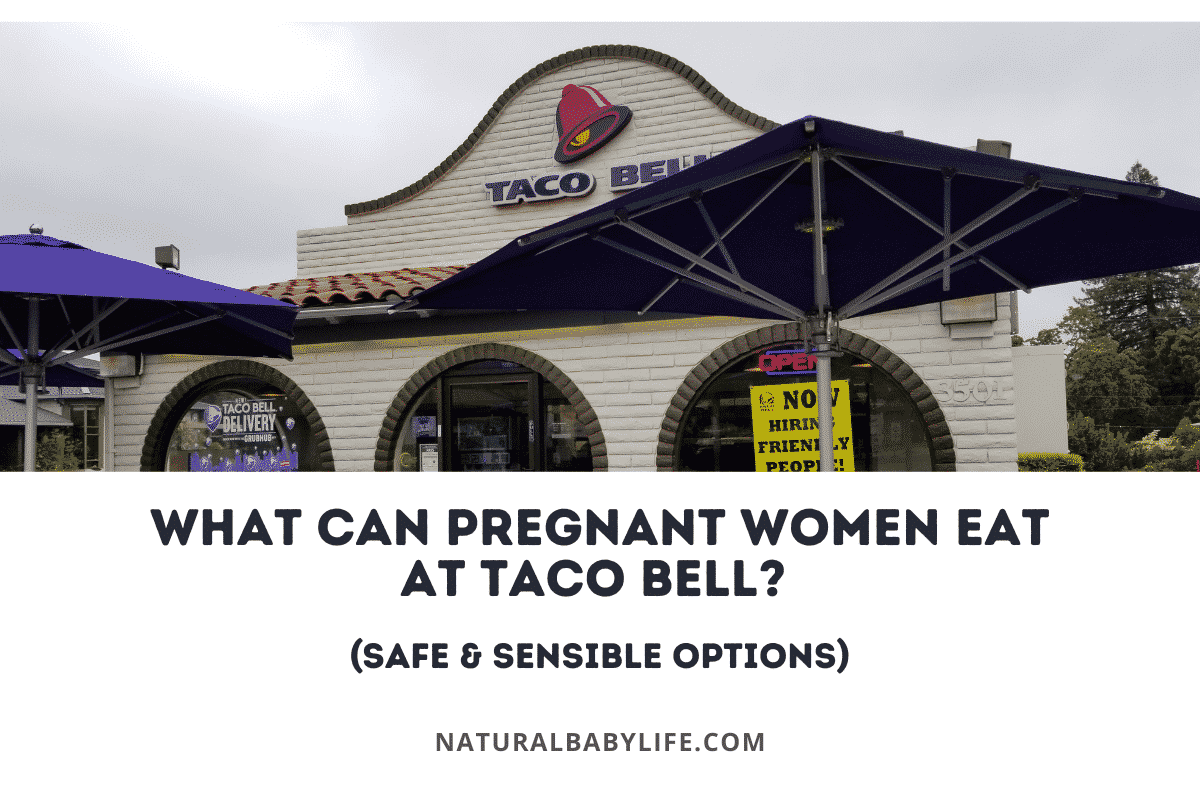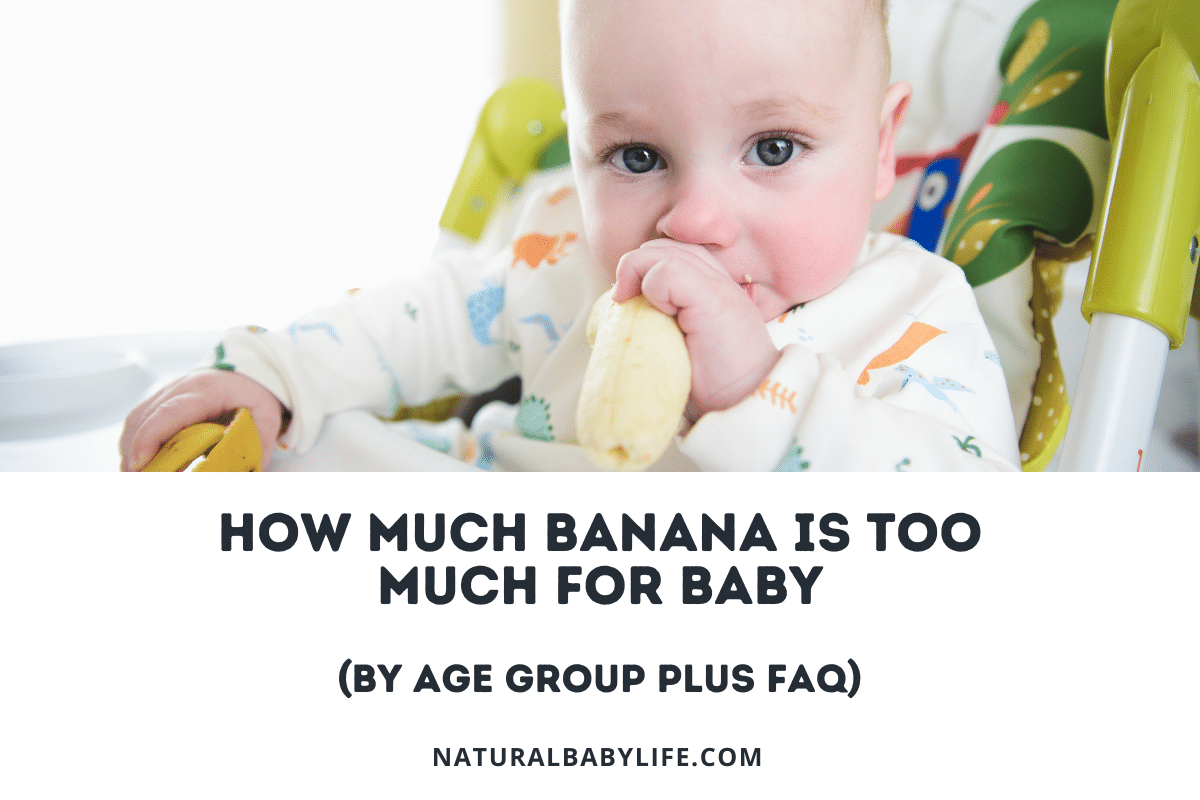If you notice baby suddenly drinking less milk than usual, you might be concerned that they’ll become dehydrated or stop growing. However, it is completely normal for a baby to have periods of time where they decrease their milk consumption.
One reason a baby may start drinking less milk is that they have started eating solids. Other factors such as colds, growth spurts, teething, and nipple flow can also play a part in decreased milk consumption. As calcium, vitamin D, and phosphorus are essential for development, it is important to ensure that she is still getting enough milk in her diet.
Read on to find out how much milk your baby should be drinking per day based on age and what tips you can try to get your baby to drink more milk.
Table of Contents
Baby suddenly drinking less milk than usual
Try not to stress if your baby is drinking less milk than normal. There are many factors that could contribute to this.
It could be that your baby just got done going through a growth spurt and no longer needs as much milk now that their little body isn’t growing as rapidly. Another reason your baby may start drinking less milk is if they are now eating solid foods.
When your baby starts eating solid food, that food will start to fill some of your baby’s nutritional and caloric needs that were previously met with breastmilk or formula.

If your baby is teething or sick, they also may have a decreased appetite. Or, sometimes, there can be no rhyme or reason for why they aren’t drinking as much milk. I remember times when my youngest (who was always a voracious eater) suddenly stopped drinking much milk for a day or so. It never lasted long and before I knew it he was back to his prior eating habits.
Just keep an eye on your baby for abnormal symptoms. If you notice your baby hasn’t had as many wet or dirty diapers as normal or if your baby seems fussy after eating, you may want to make an appointment to see the doctor.
How much milk does a baby need
The amount of milk your baby needs will depend on how they are fed: breastfed, expressed milk, and/or formula.
For breastfed babies, there is no way to know exactly how much milk they get from each feed unless they are drinking expressed milk. Rely on your baby to let you know when he/she is hungry. If your baby is having adequate wet diapers and gaining weight, they are doing great!
For formula-fed babies, the general rule of thumb is your baby should drink about 2.5 ounces of formula per day for every pound of body weight.
Newborn babies typically eat about every 3 or 4 hours and usually have around 2-3 oz at each feeding. By one month of age, babies will typically eat around 4 ounces at each feeding.
In fact, most babies will increase their feedings by an ounce each month of life until they reach the point where they are consuming 7 or 8 ounces at each feeding. Ideally, infants should not consume more than 32 ounces in a 24-hour period.
Sample feeding schedule for formula-fed babies:
- Newborns – about 1.5- 3 ounces every 2-3 hours
- 2 months – about 4-5 ounces every 3-4 hours
- 4 months – about 4-6 ounces
- 6 months – about 6-8 ounces every 4-5 hours
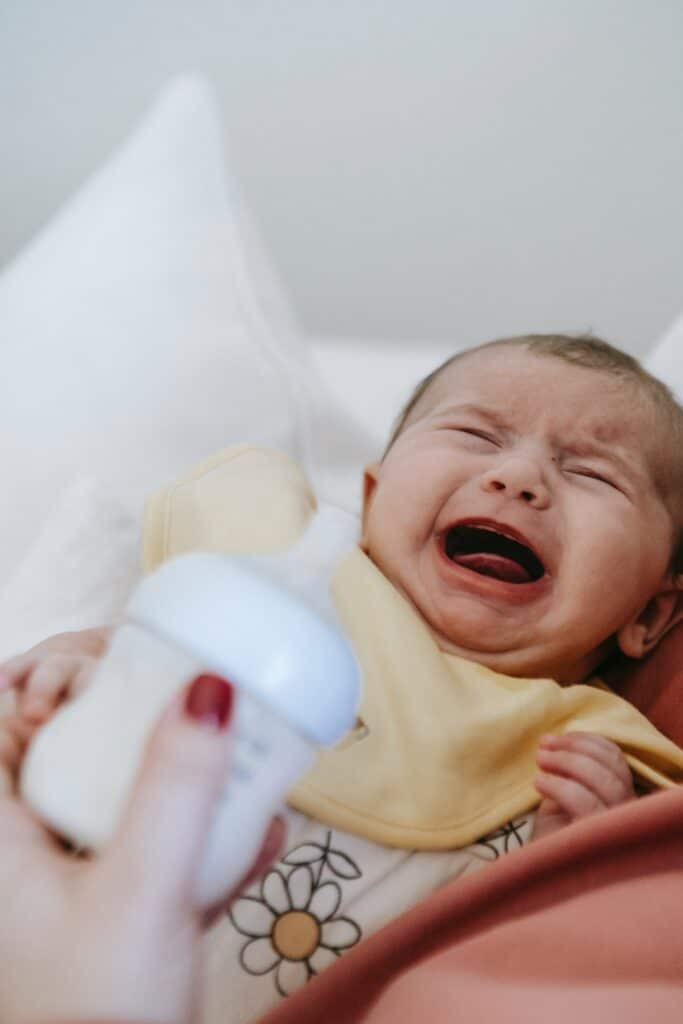
For infants drinking expressed breast milk, Kelly’s Mom has a great equation for figuring out how much expressed breast milk an exclusively breastfed baby may need at each feeding. Simply estimate the number of feeds your baby has on a typical day. Then divide 25 ounces by the number of feeds. This will give you a ballpark average of how much expressed milk your baby will need per feed.
At what age do babies start to drink less milk
As your baby grows, their nutritional needs will begin to change.
From birth to six months of age, your baby’s sole nutrition will come from breast milk or formula. At six months of age, you can begin introducing solid foods and you may notice your baby has stopped drinking as much milk as they usually do.
Once your baby has turned a year old, they no longer need to be fed breast milk or formula and you can begin to give them whole cow’s milk. The recommended milk allowance for toddlers ages 1-2 is 16 to 24 ounces per day (2-3 cups). For children 2-5 years old, the recommended amount of milk is 16-20 ounces (2- 2.5 cups).
Why would a baby start drinking less milk
There are many factors that could be responsible for why your baby is drinking less milk than normal.
Here are some of the more common reasons as well as some tips to help you overcome them.
Baby has started eating solids
Once your baby has started eating solid foods, they may not need as much milk as before.
While breast milk or formula should still be providing the majority of their nutritional needs, some of their daily allotment of calories will be used up by solid food. One way to make sure they aren’t getting too full on food is to breastfeed or bottle-feed your baby first, then offer the solid food after.
This ensures they will still receive all the nutrition they need from their milk.
Bottle needs a larger nipple
Sometimes it’s something simple that we parents can often overlook.
If your baby has been taking longer than normal to finish eating, is becoming fussy or irritated while eating, or is falling asleep while eating your baby may need a faster flow nipple.
Your baby could simply be working too hard to get their milk and is getting discouraged or tired from the amount of effort it’s taking. Try switching to a larger or faster flow nipple if your baby is exhibiting any of these symptoms and see if it helps.
Growth spurt has ended
One thing to consider when your baby isn’t drinking as much as usual is could it be possible that they have just had a growth spurt?
Growth spurts are notorious for wreaking havoc on an infant’s schedule usually by messing up sleep patterns and causing the baby to be hungrier than normal as their body develops. Once the growth spurt is completed, the baby will often revert back to the old feeding patterns as the excess calories are no longer needed.
Typical ages for growth spurts:
- 7-14 days old
- Between 3-6 weeks old
- 4 months old
- 6 months old
Teething
One of my biggest nemeses as a parent has been teething and for good reason!
Our babies usually are not able to tell us they are hurting though there may be other clues of teething such as excessive drooling and chewing on everything in sight. It would just make sense that if their mouth is in pain they wouldn’t feel like eating like normal.
Here are some teething relief remedies that can help your little one:
- Infant Tylenol or Ibuprofen
- Nuby All Natural Soothing Gel with Gum Massager
- Hylands Baby Oral Pain Relief, Nighttime
- Silicone teether with bristles
- Freezer Safe Teething Toys

Tips for getting baby to drink more milk
Milk provides nutrients and minerals crucial for a baby’s development.
Breast milk contains healthy fats that supply energy and help develop the central nervous system and pathogen-fighting immune cells. It also contains fatty acids such as DHA which are essential for regulating growth, vision, cognitive development, and motor systems. Infant formula also contains essential nutrients needed for development.
Whole cow’s milk (given to the baby after one year of age) offers calcium, vitamin D, and phosphorus. It’s also believed to lower the risk of cardiovascular disease and type 2 diabetes as well as improve overall bone health in children and adolescents.
Here are my tips for improving milk consumption:
Remove distractions
When it’s time for the baby to eat, try to feed in an area without a lot of distractions. This may mean no siblings, no pets, and no screens in the vicinity.
You’ll also need to remove physical distractions, so make sure the baby is comfortable and has a fresh diaper.
Offer milk first
If your baby is eating solid foods, make sure to offer baby milk before their food.
If your baby is less than a year old, you may need to withhold solids until they consume enough milk because formula or breast milk should be your child’s primary form of nutrition until they turn a year old.
Feed at longer intervals
This may seem counterintuitive, but it can be helpful to offer the bottle or breast less frequently. In turn, your child should drink more at each sitting.
Waiting longer between feeds will give your child a chance to get hungry, which can be especially helpful if your baby is already showing a preference for solid foods over milk.
Don’t feed to sleep
Rather than feeding your baby as they go down for a nap or the night, try to remove the link between feeding and sleeping by offering the bottle or breast when they wake up.
Besides improving your baby’s sleep by removing that dependence of eating as a sleep signal, your baby should eat more as they are more alert after waking up.
Add milk to solids
You can get a few more ounces of formula or breast milk in by mixing the milk with your baby’s solids. Some great options for mixing are oatmeal and thicker pureed veggies.
When to worry about decreased milk consumption
The best way to know whether your child is getting enough milk is by tracking diapers.
For the first 6 days of life, babies should have as many wet diapers as they are days old. After that, they should have at least 6 wet diapers in a 24-hour period.
Other signs that your baby isn’t getting enough formula or breast milk are:
- Baby appears weak or has a weak cry
- Baby’s mouth looks dry
- Baby needs to be wakened to feed
- Baby’s eyes or soft spot are sunken
- Baby has no tears when crying
If your baby has any of these signs, consult a medical professional.
Other foods baby might like
If your little one is over one year old and isn’t taking to cow’s milk as you hoped, there are some other dairy options to offer that can still provide most of the same nutrients. One cup of milk contains 300 mg of calcium.
Here are some other food options with roughly the same equivalent of calcium:
- 8 oz. plain lowfat yogurt – 415 mg of calcium
- 1.5 oz mozzarella cheese – 333 mg of calcium
- ½ cup vanilla ice cream – 84 mg of calcium (okay, you probably don’t want to give your kid a whole bowl of ice cream, but it’s a start!)
Conclusion
Your baby’s milk consumption won’t be on a constant upward trajectory, so it’s not an automatic cause for alarm. It’s actually normal for your baby to eat less when they’re sick, teething, coming off a growth spurt, or starting solids.

